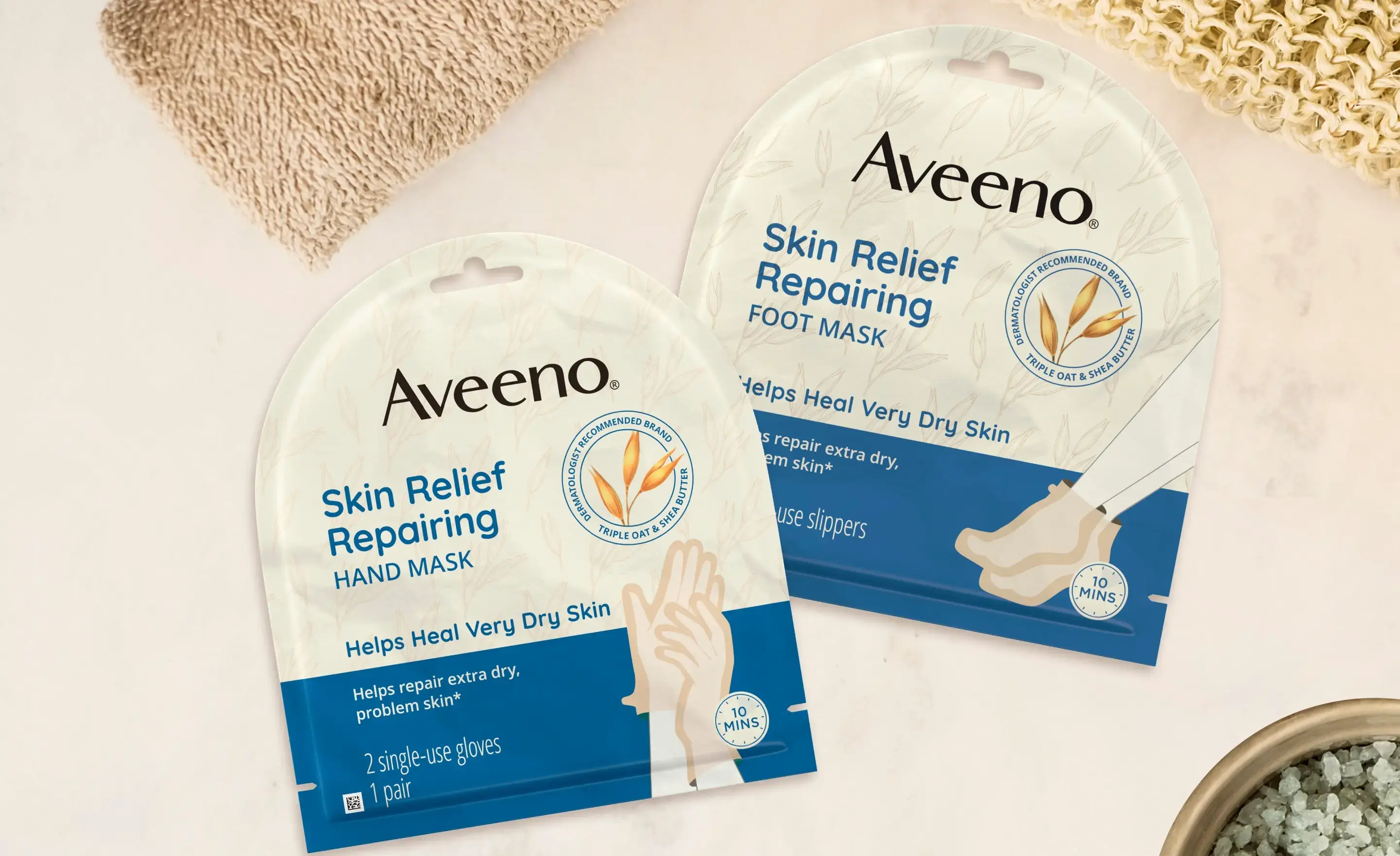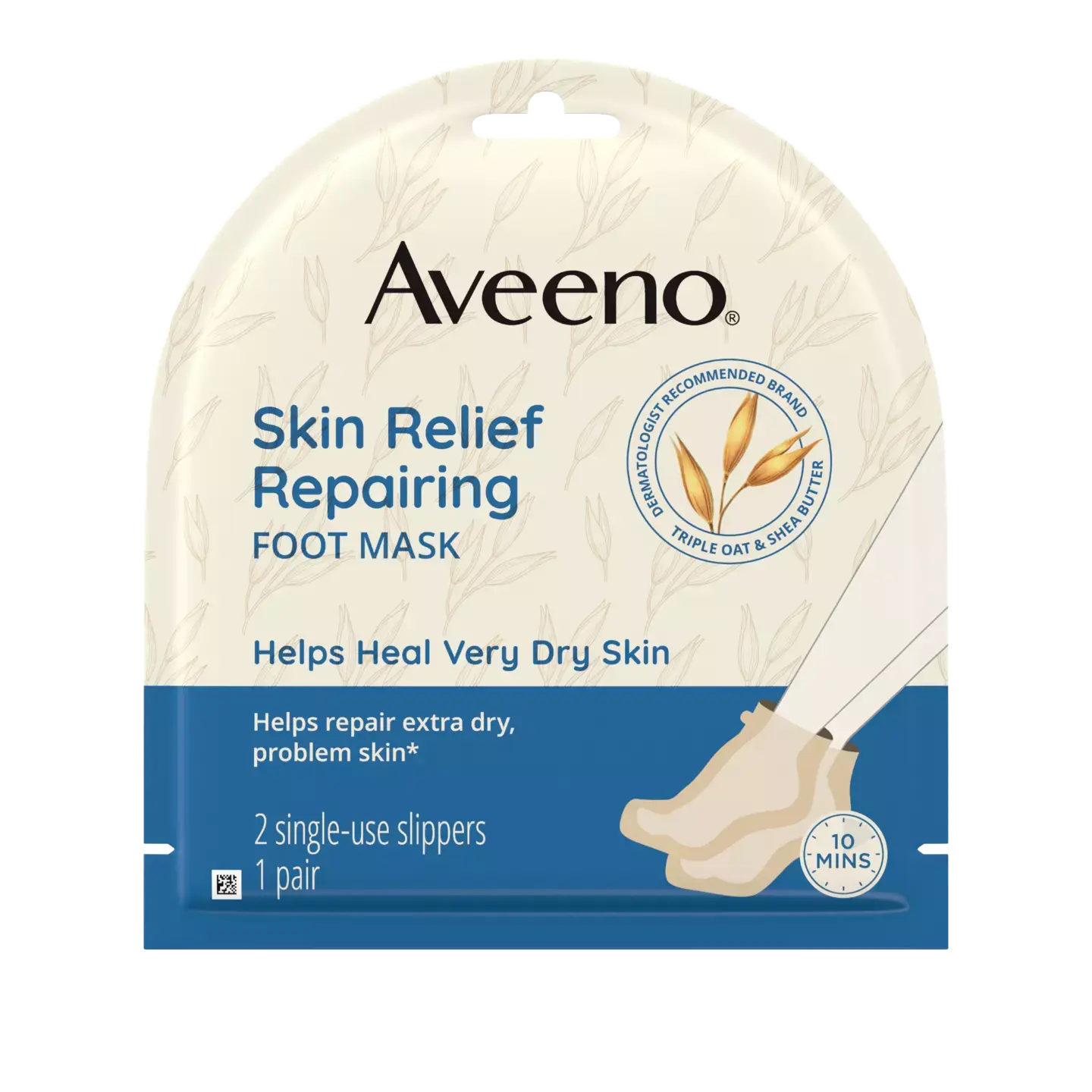Cracked Skin
Here’s how to heal cracked, dry skin on fingers, hands and feet.
Is Your Skin Cracking?
With age, everyone's skin naturally becomes thinner and drier. The sun, wind, and other elements we expose our skin to can take its toll on the health of our skin. Excessive dryness can cause skin to become brittle, leading to cracked skin on fingers, hands and feet. When the skin dries, it can become extremely rough, scaly and flaky, with small tears that can lead to deeper cracks called fissures.
Cracked Skin on Fingers, Hands, and Feet?
Cracked skin on fingers can make even the simplest tasks, such as typing, turning a page, or doing up a button, very painful.
Cracked skin on feet is equally common, causing areas of dry, thickened skin, known as callouses, around the rim of the heel. As you walk, the fat pad under your heel expands and cracking can come from excessive dryness. In most cases the problem is more of a nuisance and less than appealing to look at, but when the cracks or fissures become deep, standing, walking or any pressure placed on the heel can be painful.
Other factors that can cause cracked skin on feet include:
standing for long hours
walking barefoot, or with open-back sandals
taking long, hot showers
using harsh soaps that can strip the skin’s natural moisture
How to Get Rid of Cracked Skin
The discomfort from severe dry skin isn’t something you have to suffer through. These tried and true cracked skin treatment options can help lock in moisture and rehydrate your dry skin.
Soak
While taking a hot bath can actually strip your skin further of much needed hydration, a five- to 10-minute bath or spot soak in lukewarm water that has a few drops of essential oil or gentle cleanser in it can help to rehydrate dry, cracked skin.
Moisturize
Within minutes of when you hop out of the bath or soak, trap in the moisture gained by using a gentle, unscented lotion on your cracked areas. For severe cases, opt for an ointment or cream that can help to repair the skin’s outer layers, enhancing your body’s ability to keep that much-needed moisture inside.
Cross Off Other Culprits
While cracked skin can be a result of just plain old dried skin cells, it can also be caused by skin infections or diseases, such as eczema or psoriasis. If the cracking is recurring or so severe that it’s bleeding, visit your doctor to confirm that there’s not another underlying cause outside of dehydration.
Crank Up the Humidfier
Our skin naturally dries some in the winter when the air loses moisture, but if you start to develop itchy, cracked skin, a humidifier is a worthwhile option.
Don't Pick
If your skin is cracked and scaly, it can be difficult not to poke, prod and pick the flaking skin. However, doing this not only makes the area more susceptible to any bacteria on your hands, but it can also further irritate the area only worsening the condition.
Keep Healed Areas Protected
Once your skin is on the mend, make the effort to avoid irritating it further. For instance, if you garden, use gloves to help protect your hands. Similarly, if your lips are chapped in winter, use a scarf when outdoors to help retain moisture around your mouth.
Restore Lost Moisture to Dry, Cracked Skin
It’s important to give your time and attention to your cracked skin since cracks are essentially open wounds that, if not treated, can become infected. The good news is that most instances can be treated with these simple solutions.





